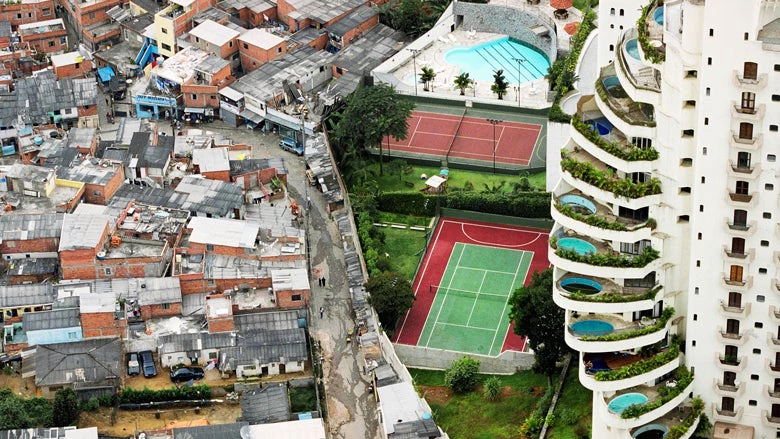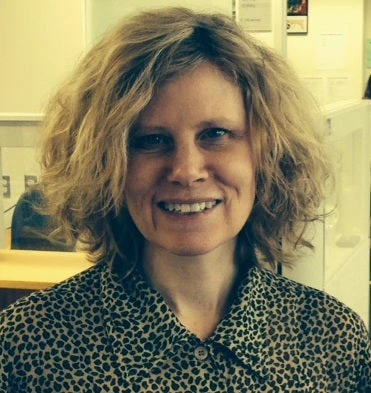
Can we end extreme poverty in a world with extreme inequality? That question inspired a spirited debate in English and Spanish on Oct. 7, just ahead of the World Bank Group-IMF Annual Meetings in Lima, Peru, addressing corruption, taxation, discrimination against women, and the need to even the playing field for the younger generation.
Latin America’s experience with inequality was front and center at the live-streamed event, Inequality, Opportunity, and Prosperity, featuring World Bank Group President Jim Yong Kim, Ibero-American Secretary General Rebeca Grynspan, Oxfam International Chair Juan Alberto Fuentes Knight, and moderated by CNN Español news anchor Patricia Janiot.
Citing Oxfam research, Knight said the top 10% of Latin America’s richest people have 71% of the wealth and if trends continue, the richest 1% will soon have 51% of the wealth. “To reduce poverty, we have to reduce inequality,” he said.
One way to tackle inequality is to make tax systems fairer and more efficient, said Kim. “I have worked in countries that are extremely poor, where most of the tax is collected from the poor,” he said. The Bank Group and the IMF have pledged to work together to help countries collect taxes in a fairer way.
Kim said 26% of children in developing countries are “stunted” and will not reach their potential height or intellectual development. “This is so unequal it must be attacked right away,” he said.
Yet, the best route to ending poverty is not so clear-cut, said Kim. Economic growth has been the biggest factor in lifting people out of extreme poverty in the last 15 years, and much of that progress occurred because of growth in China, said Kim. To anyone really looking at the evidence, the tolerance of more inequality was a big factor in China’s growth, along with the unleashing of market forces inside China, said Kim.
Economic growth in itself is not enough, said Kim. Investments in health and education are crucial. “We can decry high levels of inequality, but in any given society, what is the most important thing to do?” The key is to find more inclusive growth models, focusing on the bottom 40% of the population, he said.
“We have to get beyond ideology and focus on what’s the nature of the evidence,” said Kim.
Grynspan said social programs in Latin America have helped poor families send their children to school and to the doctor and reduced inequality, yet have amounted to only 1% of national budgets. There has been “huge” social mobility because more Latin American students have been able to earn degrees. “What we’ve done in the past 10 years is very important,” she said, “but we need a new social path … we need a dialogue about the future.”
“It would be a huge risk to cut investment in education and health,” added Grynspan. “If we don’t invest right now we’ll lose the opportunity and we’ll lose a generation. We need to call on people to protect these programs that are reaching out to people. This is a very important message that we must send out.”
Women and indigenous people face discrimination, said CNN’s Janiot. How can they have better opportunities for jobs?
Knight said women earn 20% less than men in Latin America. In addition, 200 million people in the region are vulnerable and could fall back into poverty. “We need to strengthen investment in people.”


Join the Conversation